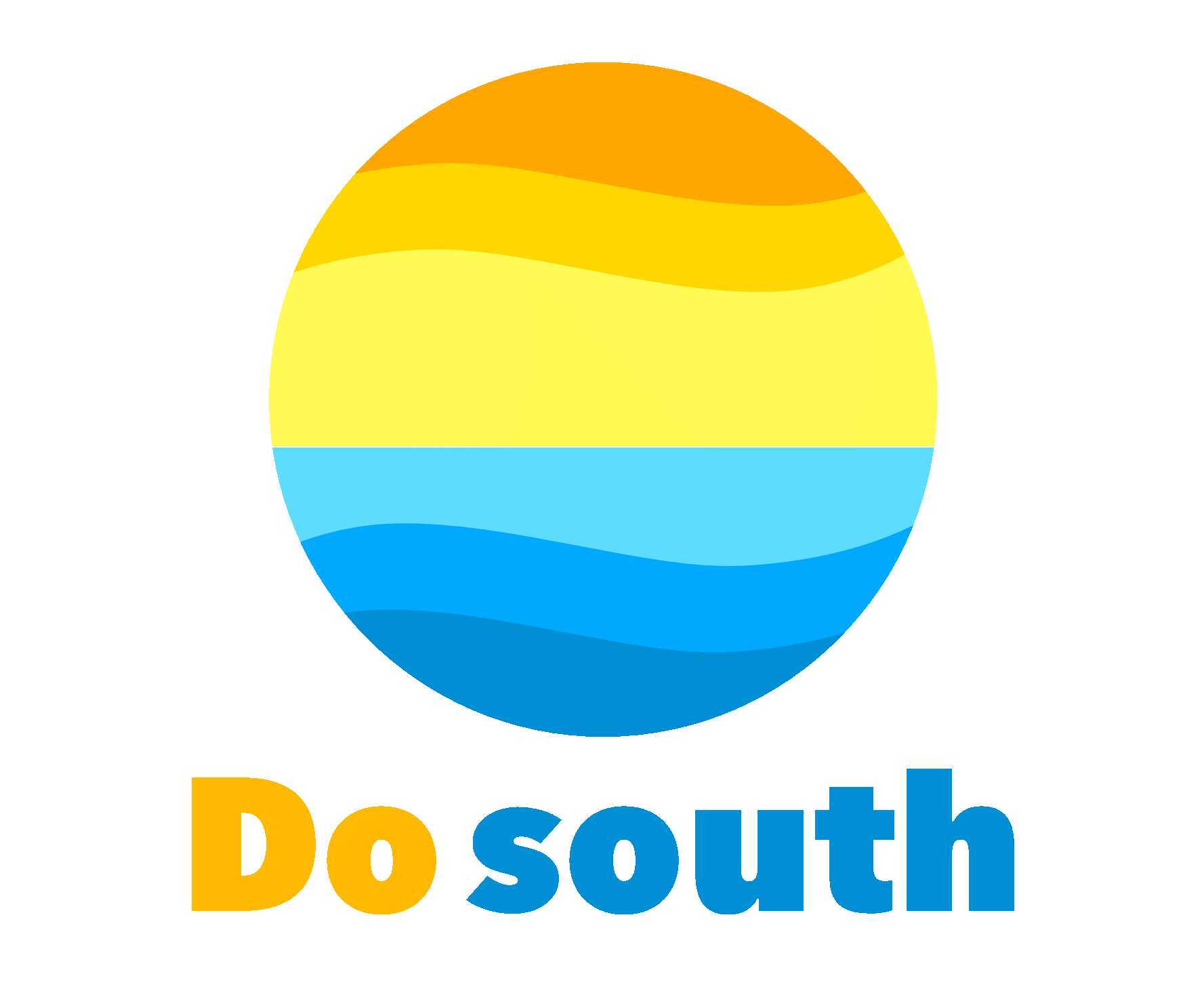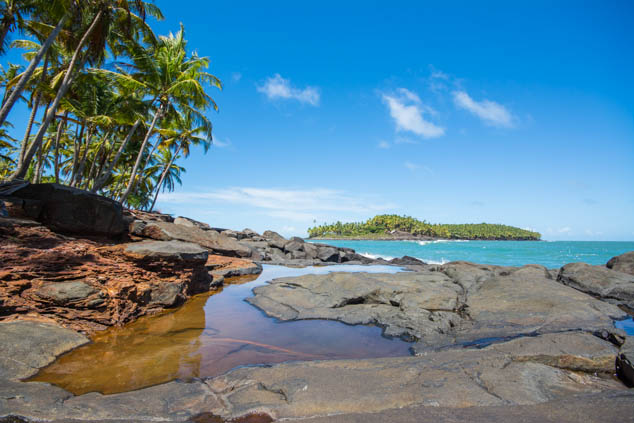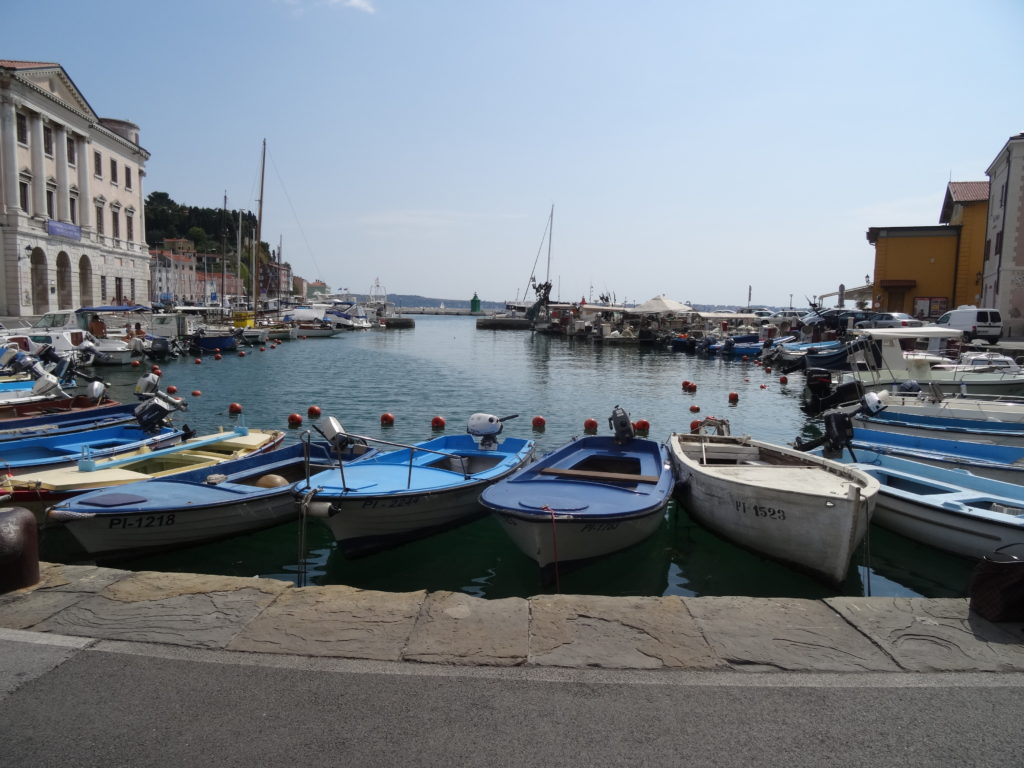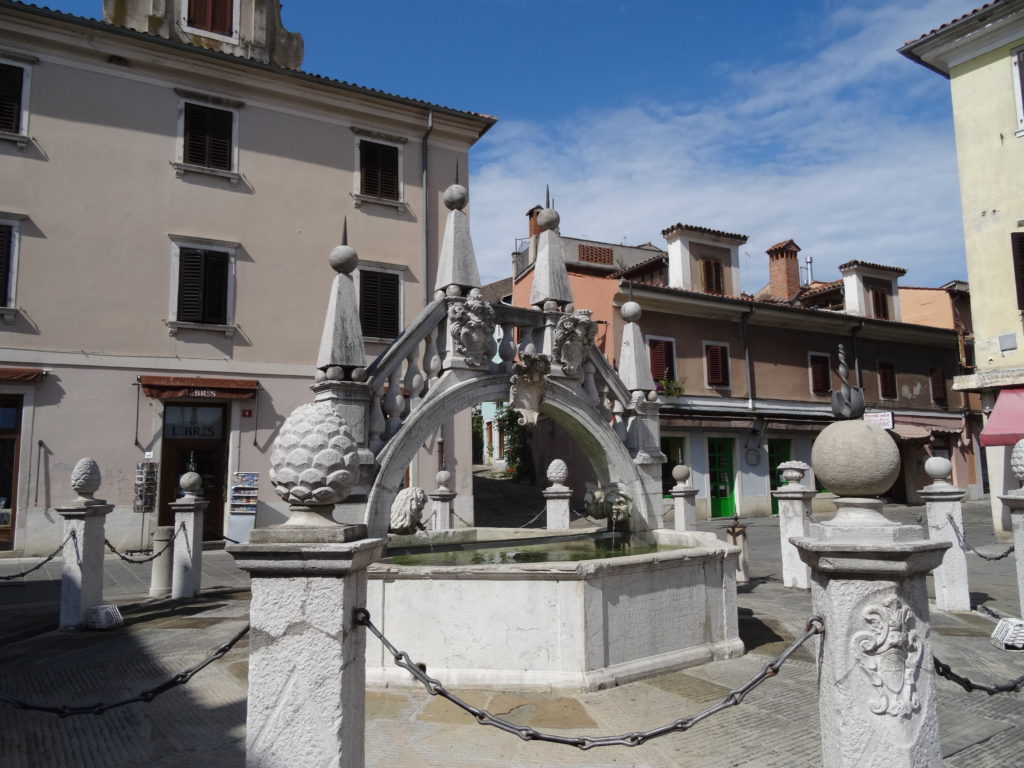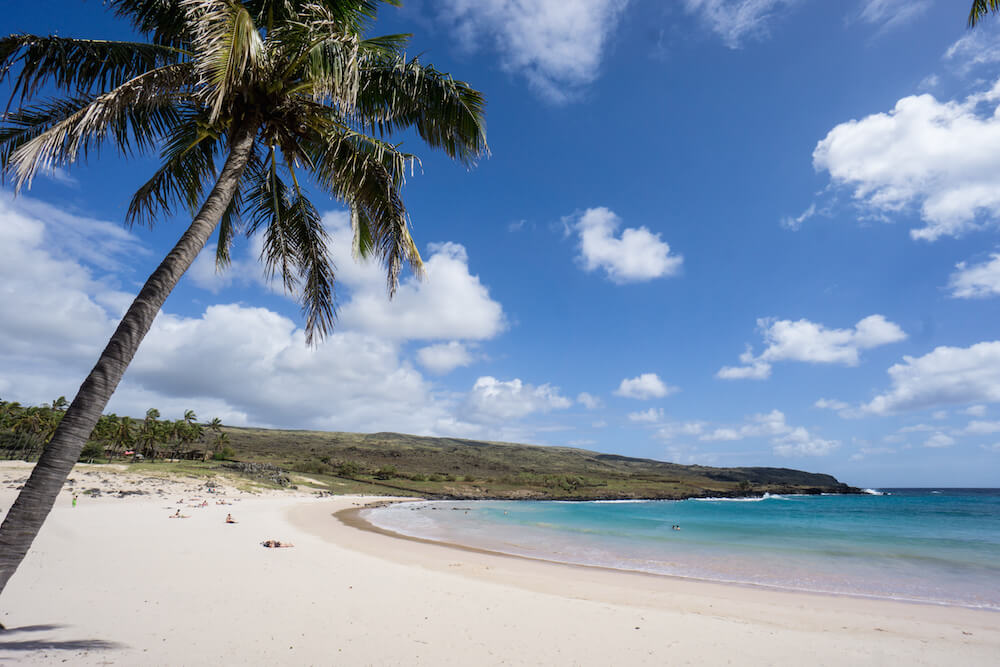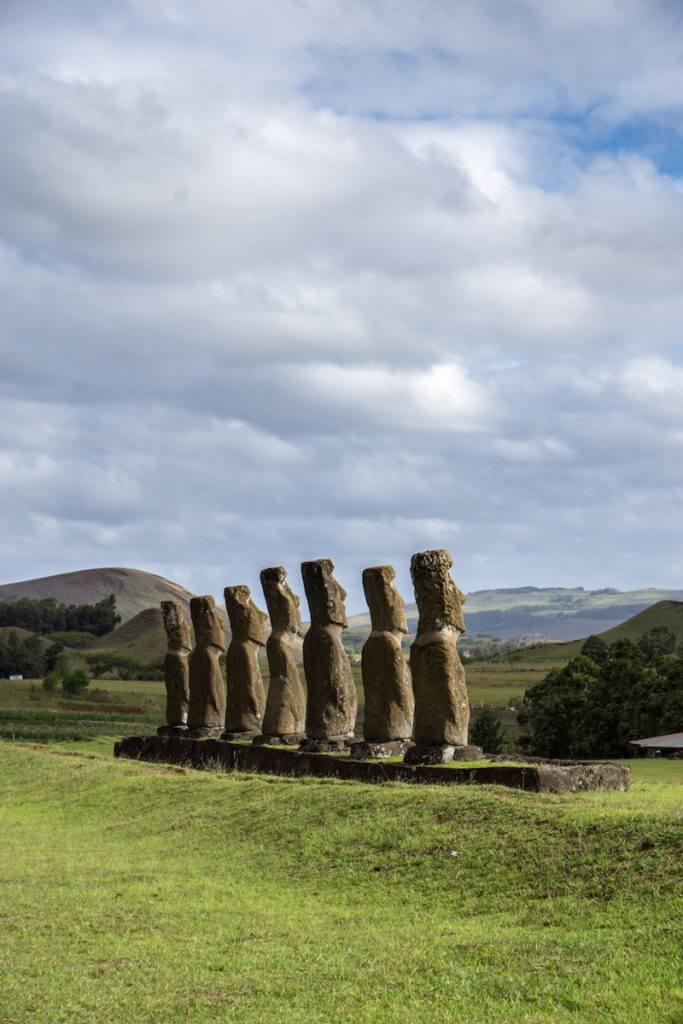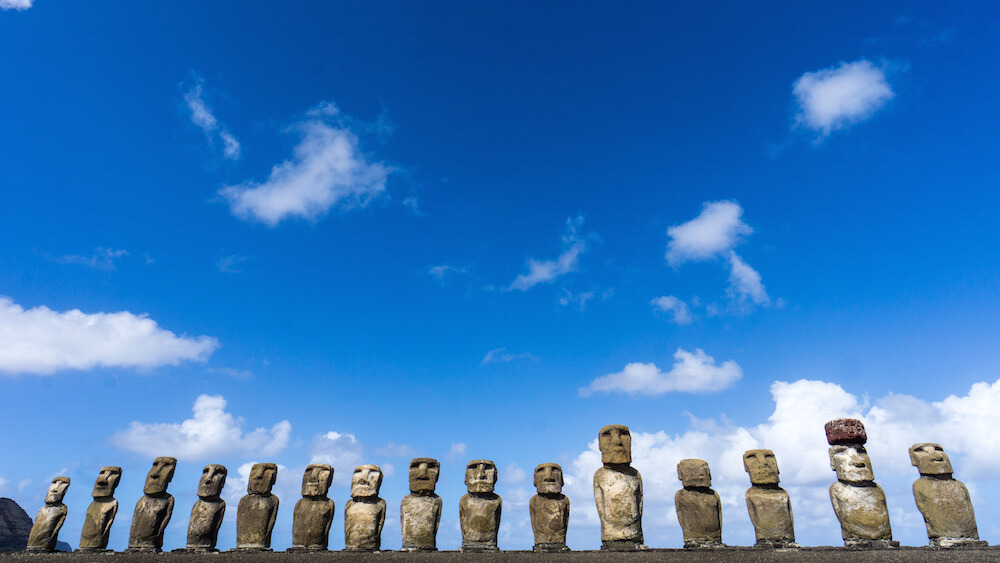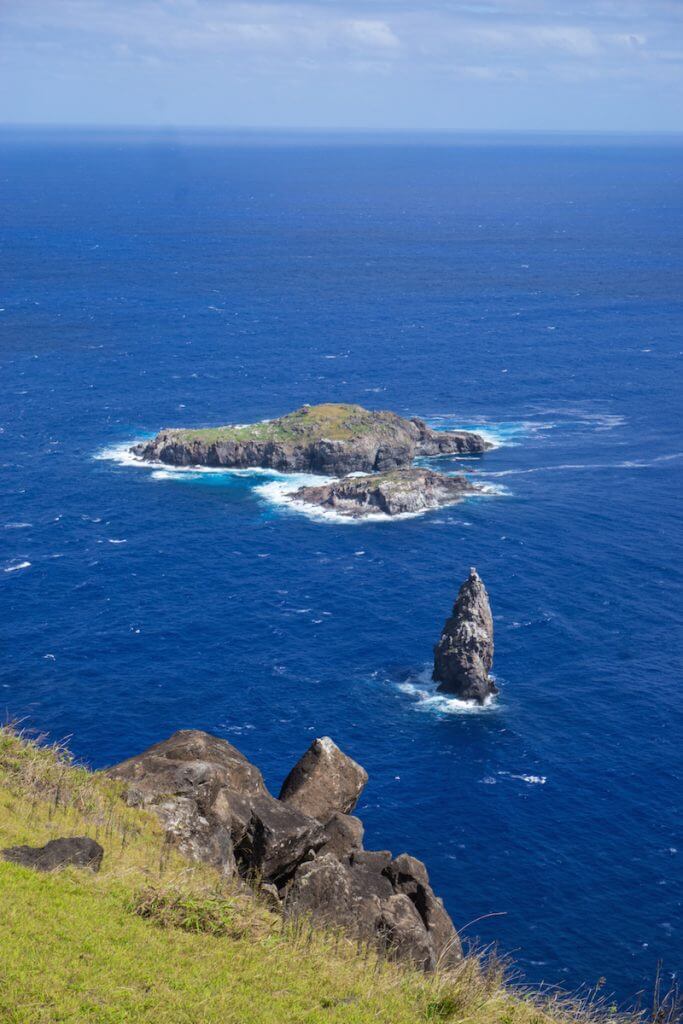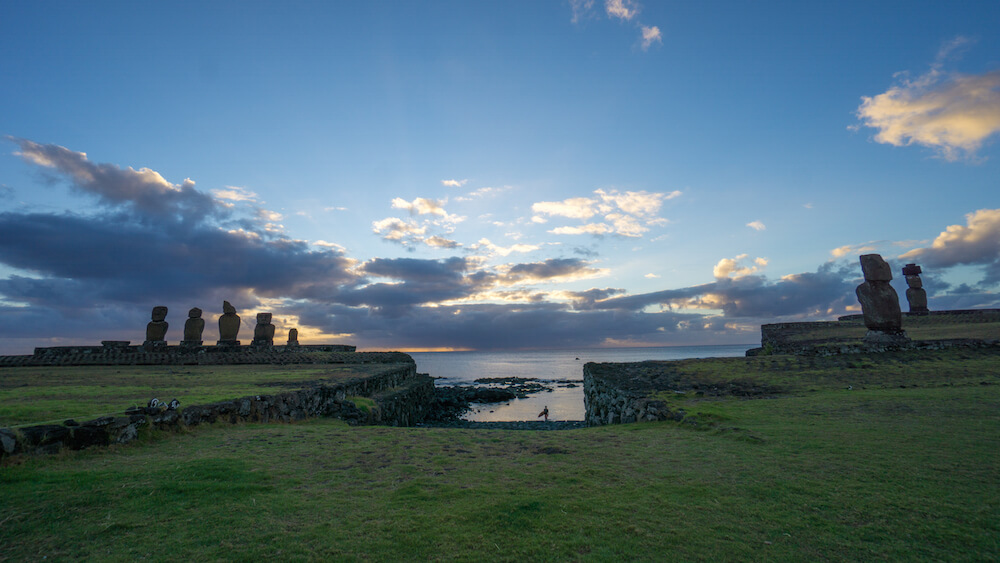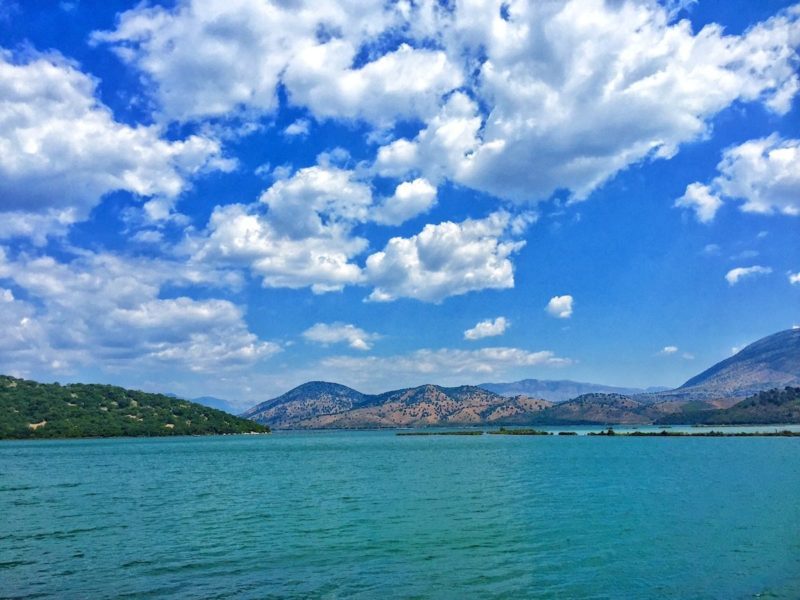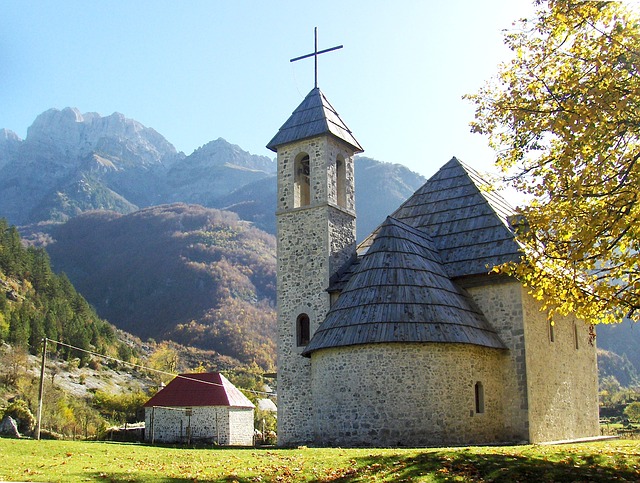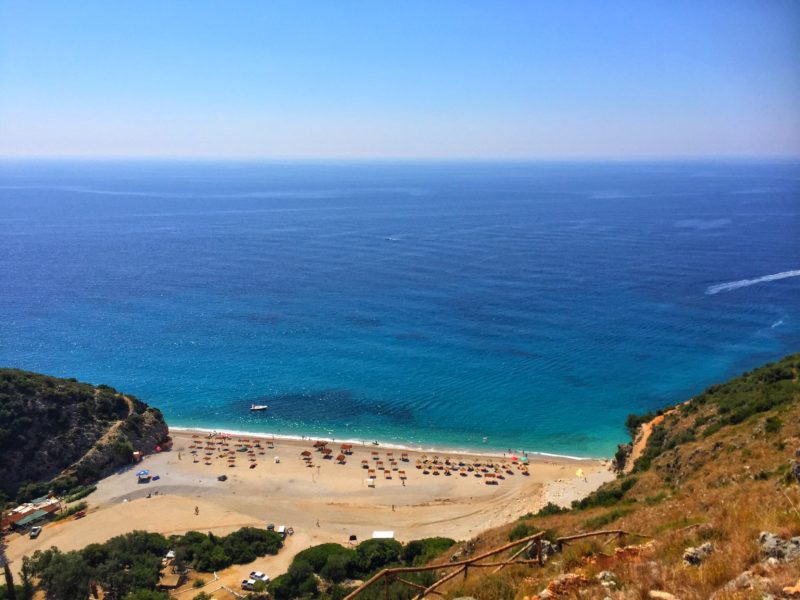Travel tips and advise
French Guiana is nowhere to be found on most people’s travel radar, so it is common that your average traveler might not even know it exists. Still, it doesn’t mean this is a destination that does not deserve some attention, as it presents a unique environment that fuses African, South American, and European cultures.
French Guiana is one confusing country – well, if we can call it a country. It sounds like a place we could find in Africa, yet it sits along the Caribbean shores of South America and it uses the Euro as its main currency. There are many things that make this place interesting and worth visiting, but here I’m going to share four things you might not know about it and will hopefully make you want to visit.
It is a department of France
During the 15th-century, the Treaty of Tordesillas divided South America, leaving Portugal much of what would become Brazil, and leaving Spain the rest. Somehow, along the way, the French managed to grab 0.5 percent of the continent and 0.06 percent of its population – turning it into what we know now as French Guiana.
French Guiana is like the Alaska of France. It is like a state – in this case, a department– but it is not connected to the mainland. Hey, it’s not even connected to the same continent! So, when you’re visiting French Guiana, you’re actually visiting France. Being France, the Euro is used there, French is the first language, and baguettes are found on every table. The major difference is that you are in a tropical environment next to the Amazon Forest. And you know what’s funny? We can say there’s part of the Amazon in France!
It is home to the European Space Center
Isn’t it interesting that the European Space Center is not on the European continent? The main reason for placing it in French Guiana, besides being part of France, is that it is the closest portion of Europe to the equator. The closer a rocket launches from the equator, the more effective the launch since the earth’s rotation helps with the rocket’s velocity – making it up to 25% more effective than launching from the European continent.
While this station does not launch humans into space, it is famous for launching supplies to the International Space Station and several telecommunication satellites. Free, guided visits are offered to the public (with advanced reservations) and if you manage to be there during a rocket launch, you can even reserve a spot to see the launch from inside the station. You can check the current launch schedule on their official website.
It might be “Europe,” but public transportation is non-existent
Call it France, but its public transportation is nowhere near France’s well-developed intermodal transportation. Tourists and locals traveling on a budget rely on the kindness of strangers to hitchhike from one city to another, or even to move around within the city. There are a few private bus services that offer limited transportation between major towns and cities, but again, they are quite limited. It is possible to rent a car there, but it is not a cheap option.
Luckily, locals are aware of the transportation problem, so they are very kind to people looking for a ride, whether for free or shared cost. In fact, there’s a website, blada.com, where people propose to share their car for a specific trip or request a seat on any available ride on a given day. The site is in French, and from my experience, most people using it don’t speak any English. So, better start practicing your French!
It is home to what was considered the most feared penal colony in the world
French Guiana was the “prison of France”, so it is not surprising that its main tourist attractions are decaying prisons from its days as a penal colony. Criminals from all parts of the French Empire were “internally deported” to French Guiana to serve their out time in this harsh environment. The two most notorious prisons are located in Saint-Laurent-du-Maroni and another in îles du Salut – commonly known as Devil’s Island.
In fact, since its creation in 1852, the prison on Devil’s Island was considered to be the most feared penal colony in the world. Even back in the early 20th century, it raised a lot of human rights controversies due to the harsh treatment many prisoners received, including being locked in a cell with no roof (just bars), left to the mercy of the harsh tropical environment and the scorching sun. The island stopped serving as a prison in 1953 and is now one of the best tourist spots in French Guiana.
To read more from this author, please click here.
